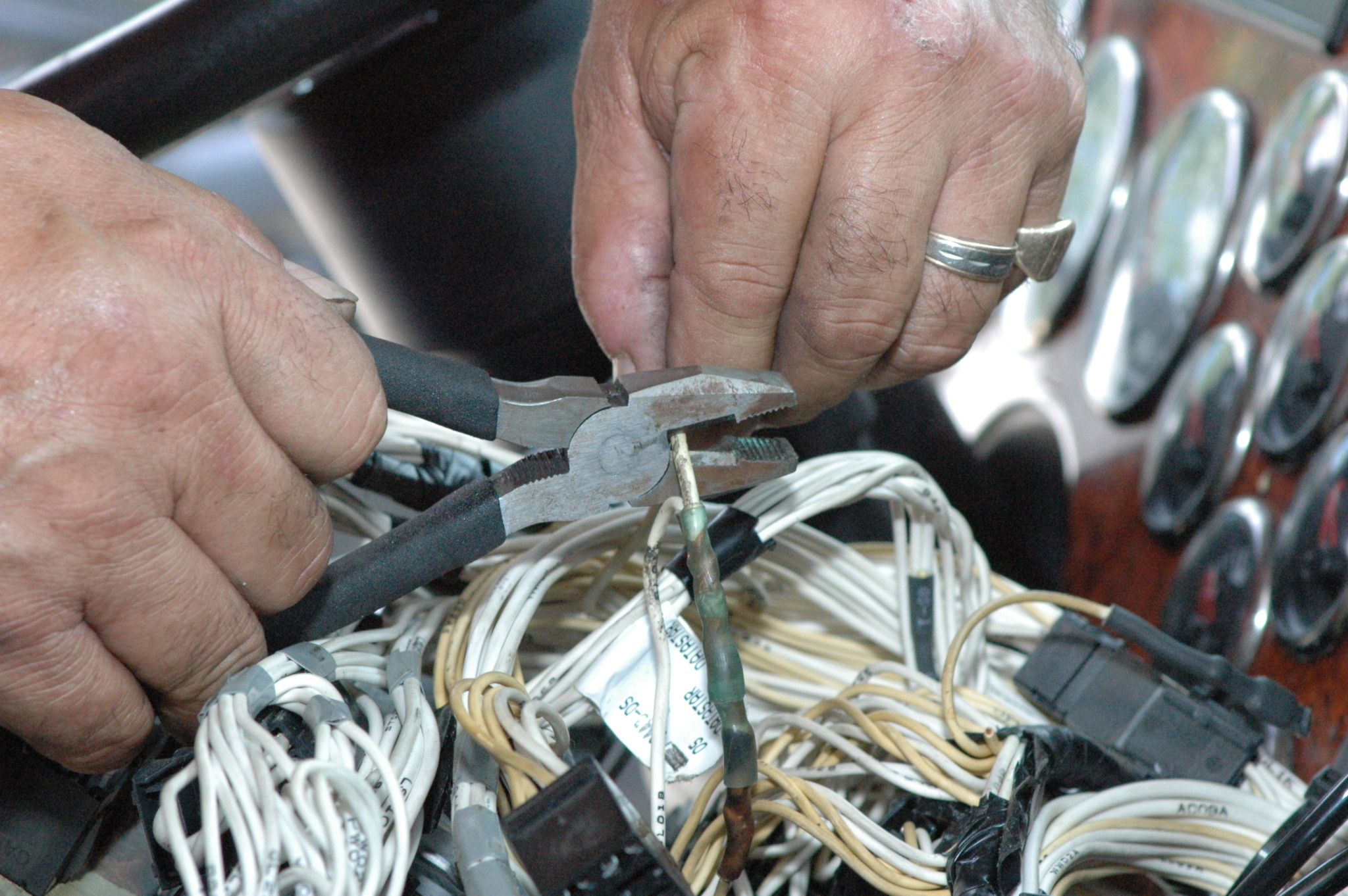Leading Tips for Effective Electrical System Troubleshooting
Fixing electric systems calls for a methodical strategy, based in a detailed understanding of electric concepts and safety methods. By familiarizing oneself with circuit parts, using crucial devices, and adhering to a structured examination technique, experts can efficiently recognize and solve issues. However, the nuances of reliable fixing prolong past plain technical knowledge; comprehending how to record findings and focus on safety can substantially influence outcomes. As we explore these crucial components better, it comes to be clear that mastering this process is not simply useful however important for success in the field.
Understand the Fundamentals
Comprehending the basics of electric systems is vital for efficient troubleshooting, as a strong structure enables specialists to identify and solve issues extra effectively. A detailed grasp of electrical concepts, such as voltage, present, resistance, and power, is vital in identifying the source of issues. Voltage is the electric prospective difference that drives existing with a circuit, while resistance opposes the flow of current, impacting the overall performance of the system.
Experience with circuit elements, including resistors, capacitors, diodes, and changes, is likewise paramount. Each component plays an unique function in circuit behavior and can affect efficiency when malfunctioning. Furthermore, understanding collection and identical circuit setups is important, as these plans influence the distribution of voltage and existing within the system.
Additionally, understanding of safety procedures is crucial. Technicians should be aware of potential risks, such as shock and short circuits, to implement secure troubleshooting methods. By mastering these foundational concepts, technicians enhance their capability to perform efficient diagnostics and repairs, inevitably resulting in boosted performance and reliability of electrical systems. This foundational understanding is the cornerstone of effective fixing endeavors.
Gather Necessary Tools
Reliable troubleshooting of electric systems calls for the best set of tools to detect and resolve problems properly. A well-equipped service technician can dramatically improve performance and performance in identifying issues. Crucial devices include a multimeter, which gauges voltage, current, and resistance, enabling specific examinations of electrical parts. Clamp meters are also important for gauging existing without disconnecting the circuit, making certain safety and convenience.
Furthermore, insulated hand devices such as screwdrivers, pliers, and wire strippers are important for safely manipulating electric links. It is likewise advisable to have a circuit tester on hand to confirm the visibility of voltage in outlets and cables. For even more complicated systems, a thermal imaging video camera can help identify overheating elements, showing prospective failures.

Adhere To an Organized Method
Having collected the ideal devices, the following step in fixing electric systems is to comply with a methodical technique. A systematic strategy ensures that service technicians can identify mistakes successfully and properly, lessening downtime and protecting against unneeded repairs.
Begin by examining the system's schematic diagrams and specs. This entails monitoring each element methodically, beginning from the have a peek here power resource and working towards the load.
Use screening devices, such as multimeters and oscilloscopes, to gather unbiased data about voltage, existing, and resistance at different factors within the system. This empirical proof will lead your troubleshooting efforts and aid to verify or eliminate potential reasons of failure.
In addition, think about environmental variables that may influence the system's efficiency, such as temperature changes or moisture access. A thorough inspection of electrical wiring, connections, and components will ensure that all possibilities are made up.
Paper Your Findings
Thorough paperwork is important in the troubleshooting process of electric systems. Exact records enhance the efficiency of identifying reoccuring concerns and facilitate communication among staff member. Each finding ought to be thoroughly noted, including signs and symptoms observed, tests carried out, and the end results of those examinations. electrical system troubleshooting. This practice not only help in recognizing the root cause click here for more of the issue yet also works as a recommendation for future repairing efforts.

Additionally, have a peek at this site preserving a log of parts replaced or fixings performed is important. This information supports inventory monitoring and can aid examine the long life and dependability of details parts.
Inevitably, the paperwork process ought to be thorough yet concise, enabling easy access and testimonial - electrical system troubleshooting. By prioritizing comprehensive documents, technicians can develop a beneficial expertise base that not only help in present troubleshooting but additionally encourages future maintenance efforts, thereby enhancing total system dependability

Prioritize Precaution
Acknowledging the inherent threats related to electric systems is critical for making sure safety throughout troubleshooting. Electric shock, burns, and devices damages are just a few of the possible risks that professionals face. Focusing on safety steps is not just a legal obligation yet likewise an ethical crucial that safeguards both the technician and the surrounding setting.
Prior to starting any troubleshooting job, technicians must wear suitable individual protective equipment (PPE), consisting of insulated handwear covers, safety and security glasses, and flame-resistant apparel. Ensuring that the workspace is dry and totally free of clutter can dramatically reduce the threat of mishaps. Additionally, it is important to de-energize circuits before beginning any type of job, validating that they are not endure the usage of a multimeter or voltage tester.
Establishing clear communication protocols with staff member is additionally crucial; this makes sure that everybody understands potential hazards and the status of the electric system being functioned on. Having an emergency situation feedback plan in location can prove invaluable in the event of an incident. By focusing on precaution, specialists can effectively minimize threats and cultivate a much safer workplace.
Conclusion
Reliable electric system repairing depends on an extensive understanding of basic concepts and a methodical approach. By collecting crucial devices, adhering to systematic evaluation strategies, and diligently recording searchings for, the repairing procedure becomes much more efficient and reliable. Focusing on safety procedures guarantees the health of individuals involved and the honesty of the electrical system. Applying these strategies will certainly enhance the repairing experience, leading to quicker resolutions and boosted operational effectiveness in electrical systems.